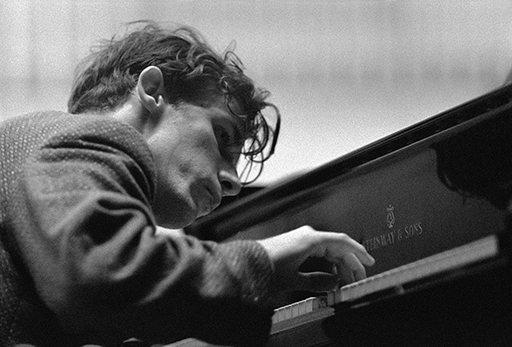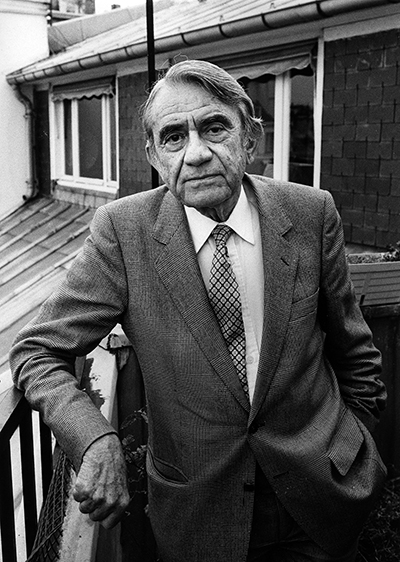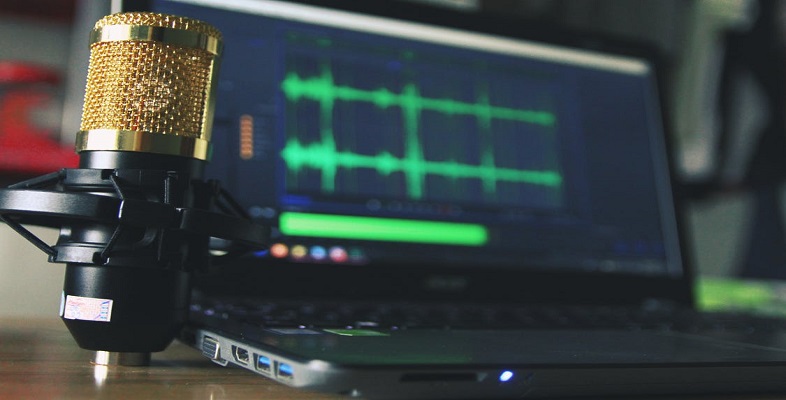3.4 Editing
Before the use of tape, recordings had to be started at the beginning and stopped at the end. Once a groove had been cut on a wax cylinder or a disk, it was not possible to go back and recut any part of it. Tape, however, is a fundamentally different medium and allows for two kinds of manipulation after the original recording event.
Firstly, tape can be cut and stuck back together. Cutting and splicing tape allows the rearrangement of music after it has been recorded, which means that whole sections may be easily removed, either to improve the music or because they contain mistakes. Secondly, tape can also be erased and reused easily, and it is possible to record onto any selected tracks of a multitrack tape while the other tracks are playing. It is also possible to ‘drop in’ short extracts, thus correcting any mistake by re-recording only that small section in which the error may have occurred.
Overdubbing does not change the overall length of a recording, but editing can allow fundamental changes to the duration and ordering of a recording. By editing, it is possible to add in additional, subsequent or previous recordings, simply by using a razor blade and sticky tape. The next logical step is to start to construct music by editing tape together, and not necessarily using tape that contains recordings of musical instruments.

This leads to two kinds of practices, one exemplified by Glenn Gould and the other by Pierre Schaeffer. Glenn Gould (Figure 13) was a concert pianist who saw the possibilities of recording and especially editing very early on. He notably gave up giving concerts and instead devoted himself to making studio recordings instead. He would often record pieces bar by bar so that he could concentrate on getting exactly the right nuances of performance for every detail, later editing all of these takes together to make the master recording. By doing this he could create a ‘performance’ of a piece that was impossible to achieve in a single take.

Pierre Schaeffer (Figure 14), on the other hand, developed a new way of making music by using all kinds of recorded sounds, and editing them together. He started in the 1940s by using records, and would make indents into the surface to create ‘sillons fermés’ – locked grooves. When tape machines became available the potential for editing together different sounds by using certain techniques such as repetition, reversal, and transposition all increased. Schaeffer called this kind of music Musique Concrète. There was also a parallel movement of making tape music using electronically generated sounds such as sine waves and noise, primarily based in Cologne, with key figures being Herbert Eimert and Karlheinz Stockhausen.
Activity 5
Listen to the following piece of music made using the above techniques. Can you hear the difference between naturally repetitive sounds and those sounds that have been artificially repeated?
Discussion
Some of the train sounds we hear are naturally repeated whereas with others Schaeffer has created a degree of repetition artificially. The use of repeated rhythmic sounds is a familiar feature in much popular music and especially in electronic dance music. This recording is one of the earliest examples of using recordings to artificially create repeated rhythmic elements, and is in many ways a precursor to some of the techniques of sound manipulation used in contemporary music production.
